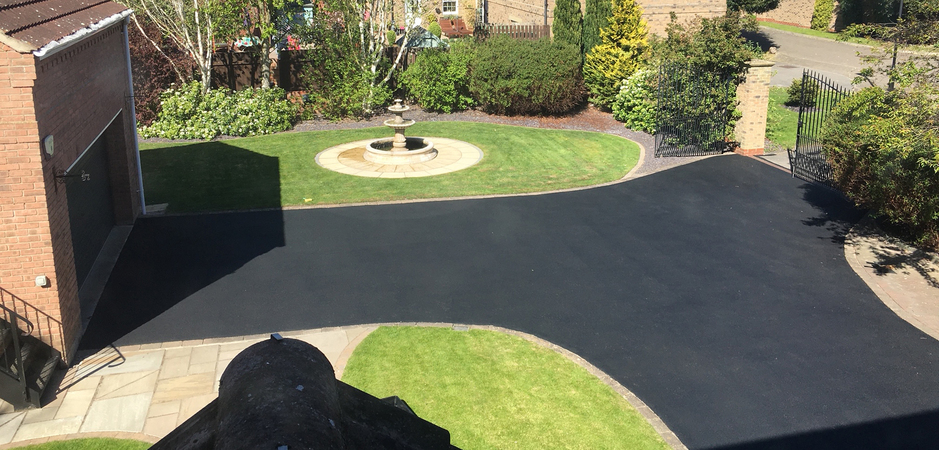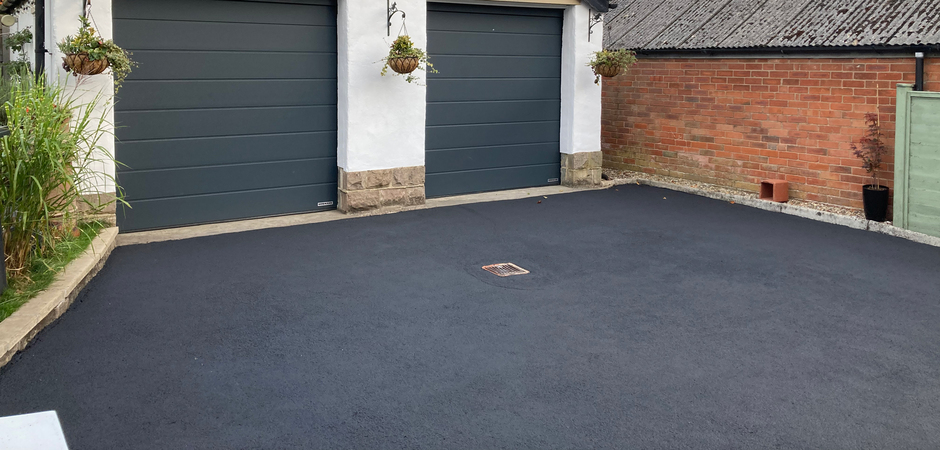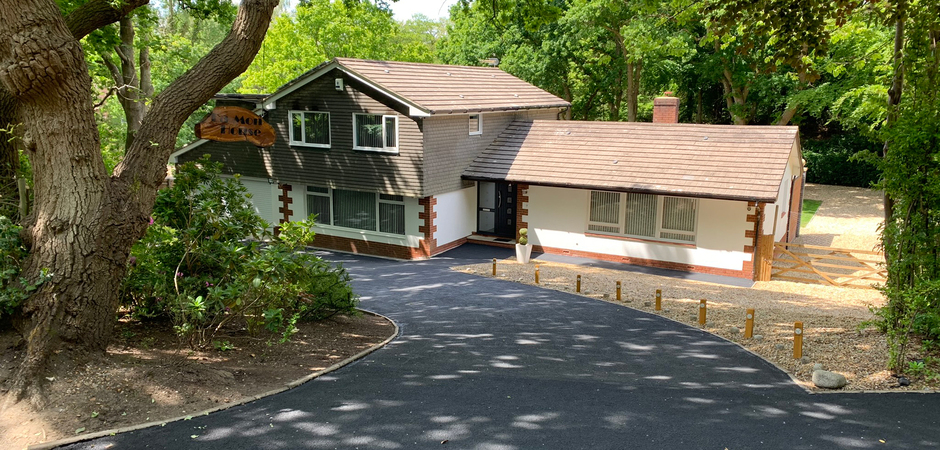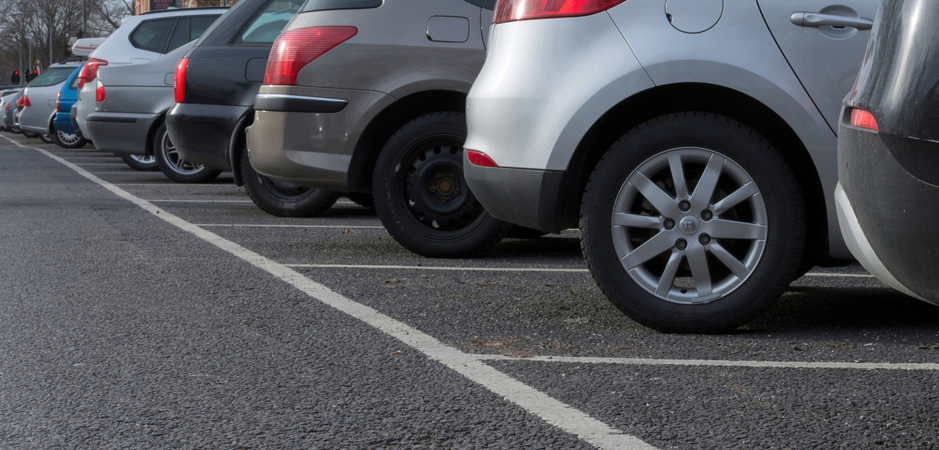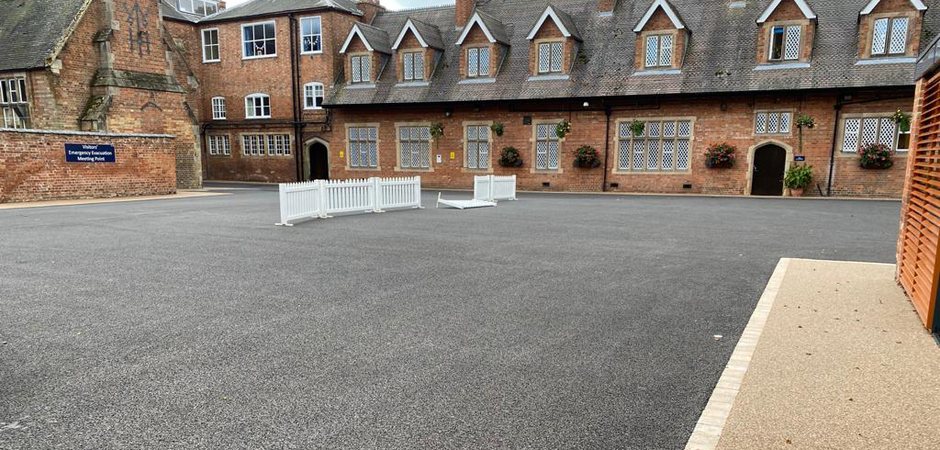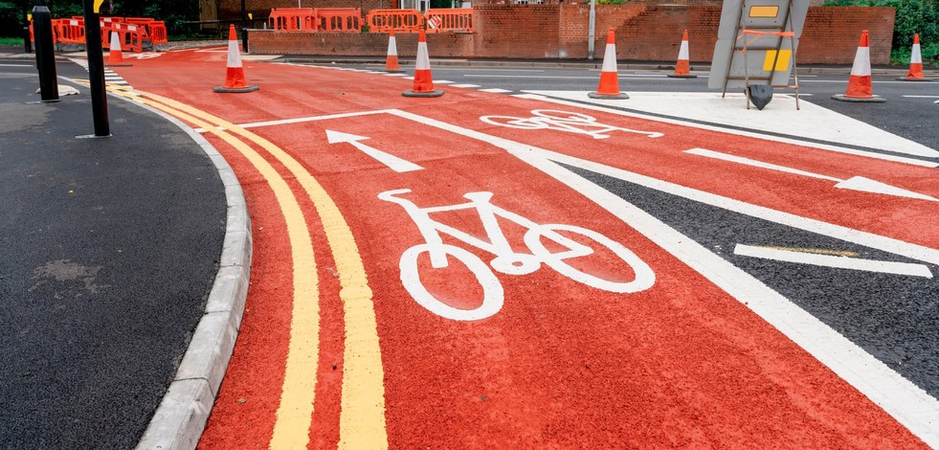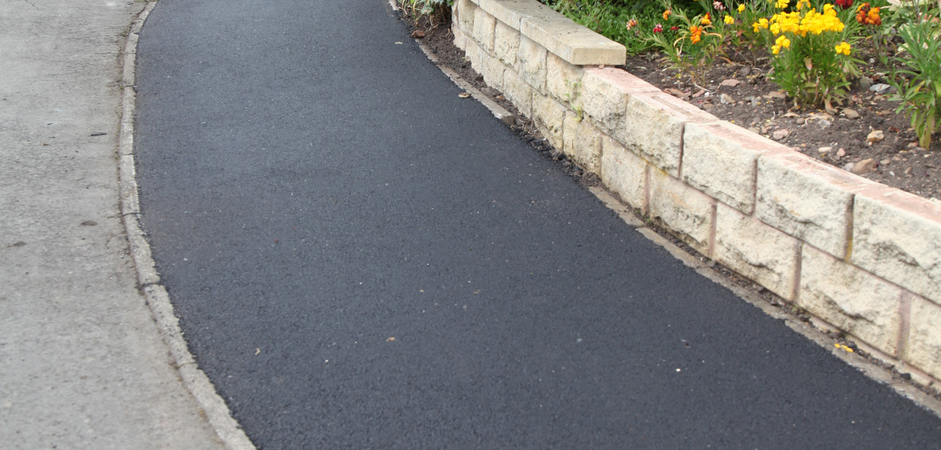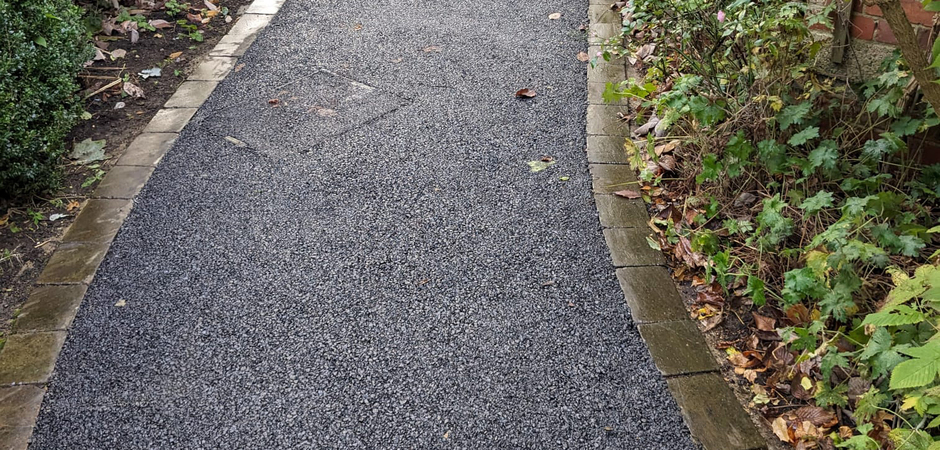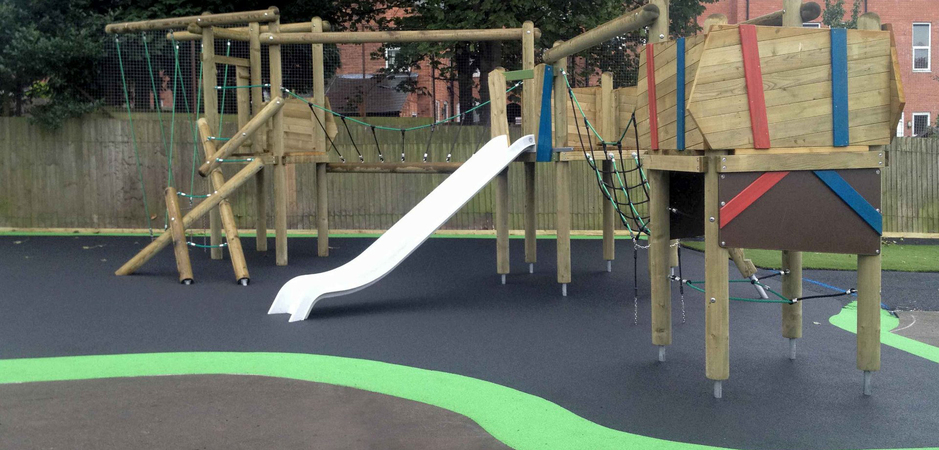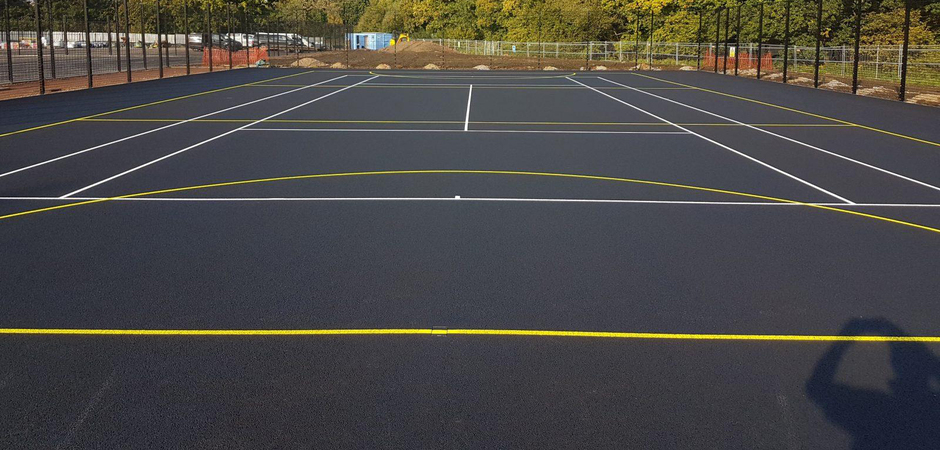Tarmac Sealers
TarmaSeal Soaks Into The Tarmac & Asphalt
Application of a Tarmac Sealer is the best and easiest way to protect Tarmac or Asphalt from loss of colour, fretting stones and cracking.
Simple to apply by roller or brush, our Tarmac Sealer restores colour and re-introduces lost protective resins. It is the resins within freshly laid tarmac that help bind the stone aggregate together and protect tarmac against deterioration.
Its NOT A Cheap Tarmac Sealer
Once a tarmac driveway has been laid for few years, it is generally accepted that it is beneficial to consider protecting it with a Tarmac Sealer. The Best Sealer for Tarmac is a hardwearing tarmac driveway sealer that can coat and protect the surface for a number of years. A tarmac sealer should be used to extend the life of a tarmac surface. However, if a tarmac surface is left too long without general maintenance a tarmac sealer will not be very effective at rectifying underlying problems.
Tarmac is relatively inexpensive to lay and maintain compared to other surfaces such as block paving or imprinted concrete. However, it can lose colour, this is because relatively quickly it frequently becomes evident that the surface has started to change colour from black to various shades of grey. This change of colour is an indication that the protective resins or 'black glue' within the material are deteriorating and overall protection of the substrate is inevitably reducing.
Tarmac is meant to be porous to a degree to allow surface water to drain away. However, if surface deterioration is allowed to continue, water will start to permeate through the tarmac into the subbase. At this point, if there any faults within the construction of the subbase, this water can become trapped and contribute towards cracking and general movement. Left untreated, the process of freeze and thaw spread over several winters will contribute to various forms of damage to the tarmac. This will be easily identified by the gradual disintegration of the surface with holes forming and edges breaking away.
Things To Watch For Before Applying A Tarmac Driveway Sealer
Identifying whether tarmac is reaching the point when it needs a tarmac sealer for further protection is a simple process. Upon inspection, if a noticeable visible change of colour is apparent, it is overdue sealing. Tarmac that has remained unprotected for a number of years might well also show signs of aggregate or stones becoming exposed on the surface, this again is a very strong indication that a degree of deterioration has set in. In this scenario, when large amounts of exposed aggregate are obvious on the surface, the substrate would certainly benefit from the application of a tarmac sealer. However, it is unlikely the material can be fully restored to its original condition.
The application of a good quality tarmac driveway sealer will provide a significant long-lasting barrier and protect the tarmac. This helps to mitigate the various factors that contribute to the breaking down of the material. The sealer for tarmac will help stabilise, preserve and protect the redeeming ingredients within the tarmac. By its very nature, the tarmac driveway sealer will also protect against the effects damaging moisture, UV light and vehicular use.
A Superior Tarmac Driveway Sealer
It should never be underestimated the negative effect sunlight can have on the unprotected tarmac. Furthermore, sustained exposure to sunlight over a number of years will cause the material to 'harden' and become brittle. Additionally, this will lead to the tarmac being unable to bend or flex when exposed to fluctuating temperatures. The inevitable outcome when the material becomes rigid and inflexible is that it will start to crack. Furthermore, if a quality tarmac sealer is applied, the surface will remain flexible and protected by a water-resistant coating on the tarmac. The sealer for tarmac eliminates the risk of moisture permeating through the surface into the substrate and base.
A further appreciable benefit of sealing tarmac is the increased 'surface friction'. New tarmac benefits from a protective coating which wears away over time leading to a reduction in surface friction. This very fine, textured layer of coating forms the 'skin' of the tarmac and reduces surface wear. Unfortunately, once the surface friction of the tarmac is reduced, 'fretting' or loose stones becomes a common problem due to the erosion of the tarmac. This reduction of 'surface tension' can relatively quickly start to occur in a manner that is hardly discernible to the naked eye.
The Importance Of Periodically Applying A Tarmac Sealer
If left untreated, when enough of this protective tarmac sealer has been worn away, vehicles will now be driving purely on the exposed aggregate. furthermore, deterioration will become more apparent and be accelerated if tarmac sealer is not reapplied. However, before it gets to this stage, a tarmac driveway sealer should be applied periodically to prolong its lifespan by slowing down deterioration.
For many years now the benefits of applying a quality acrylic resin based tarmac sealer have been widely recognised. They are easy to apply, with low odours and minimal irritation to the skin or harm to the environment. In addition, it is worth remembering that their prime use is for helping maintain, protect and enhance the surface integrity of tarmac. They provide minimal protection against spillages of oil, fats, petrol, paints or any associated products.
If the tarmac driveway sealer is re-applied approximately every 3-5 years most problems associated with the breaking down of tarmac can be avoided. For instance, a quality tarmac driveway sealer will not only protect and replace the lost resins, but it will also transform the look of the surface. With the advanced technology utilised today, many protective coatings use UV stable formulas so the lost colour of the material is not only replaced but remains resistant to the further detrimental effects of sunlight.

